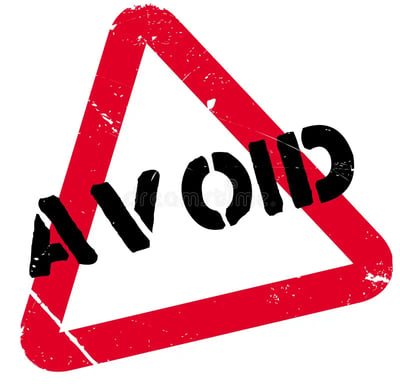Top Mistakes to Avoid During Gas Pipeline Installation
When it comes to setting up a reliable and safe gas supply, gas pipeline installation is the preferred choice for many homeowners. However, improper installation can lead to safety hazards, costly repairs, and inefficient gas usage. To ensure a smooth and secure setup, here are the top mistakes to avoid during gas pipeline installation.
11/18/20242 min read


1. Skipping Professional Installation
One of the biggest mistakes is attempting a DIY approach or hiring unqualified technicians for gas pipeline installation. Installing a gas pipeline requires specialized skills and knowledge to ensure compliance with safety standards. Always hire certified professionals to handle the installation process and avoid potential safety risks.
2. Using Low-Quality Materials
Cutting costs by using low-quality or substandard materials can compromise the safety and durability of your gas pipeline installation. Ensure that only high-quality, corrosion-resistant pipes and fittings are used to withstand pressure and prevent leaks. Investing in quality materials will save you from expensive repairs in the future.
3. Ignoring Safety Regulations
Compliance with local safety codes and regulations is crucial during gas pipeline installation. Ignoring these guidelines can lead to penalties and pose serious safety hazards. Make sure your installation meets all legal requirements, including proper venting, pipe sizing, and secure connections.
4. Poor Pipeline Design and Planning
A well-thought-out design is essential for an efficient gas pipeline installation. Failing to plan the layout properly can result in longer pipe runs, increased pressure drops, and higher energy costs. Work with professionals to design an optimal pipeline layout that minimizes bends and ensures efficient gas flow.
5. Improper Pipe Connections
One of the most common mistakes in gas pipeline installations is failing to secure pipe connections properly. Loose or improperly sealed joints can lead to gas leaks, which are dangerous and costly to fix. Always double-check connections for tightness and use the appropriate sealant to ensure a leak-free setup.
6. Neglecting Regular Maintenance
After the gas pipeline installation is complete, regular maintenance is key to ensuring its longevity and safety. Many homeowners neglect routine inspections, which can lead to undetected leaks or corrosion. Schedule annual check-ups with a qualified technician to keep your gas pipeline system in top condition.
7. Incorrect Pipe Sizing
Using the wrong pipe size during gas pipeline installation can affect the efficiency of your gas appliances. Undersized pipes can restrict gas flow, leading to poor appliance performance, while oversized pipes may cause unnecessary pressure drops. Ensure accurate pipe sizing based on your household's gas consumption needs.
8. Overlooking Safety Tests
Skipping post-installation safety tests is a critical error. Once your gas pipeline installation is complete, a pressure test and leak detection should be conducted to confirm the system’s safety and integrity. Always insist on thorough testing before using the gas supply.
9. Inadequate Ventilation
Proper ventilation is essential when installing gas appliances connected to your pipeline. Poor ventilation can lead to the buildup of harmful gases like carbon monoxide. Ensure that your gas pipeline installation includes adequate venting to maintain indoor air quality and safety.
10. Failing to Obtain the Necessary Permits
Before starting your gas pipeline installation, it's important to secure the necessary permits and approvals from local authorities. Failing to do so can result in fines, delays, or even the removal of your newly installed system. Always check with your local municipality for required permits.
Conclusion
A successful gas pipeline installation not only enhances the efficiency of your home's energy system but also ensures the safety of your household. By avoiding these common mistakes, you can enjoy a reliable and secure gas supply for years to come. Always prioritize professional installation, quality materials, and compliance with safety standards to get the most out of your investment.
Contact US Today:
Email: info@vaultgaspipeline.site
Phone:
+91 8522 09 2525
+91 95155 92020


Quick Links:
Services
Our Process
Why Choose us
Contact us
Our Services:
Gas Pipeline Installation
Gas Pipeline Maintenance
